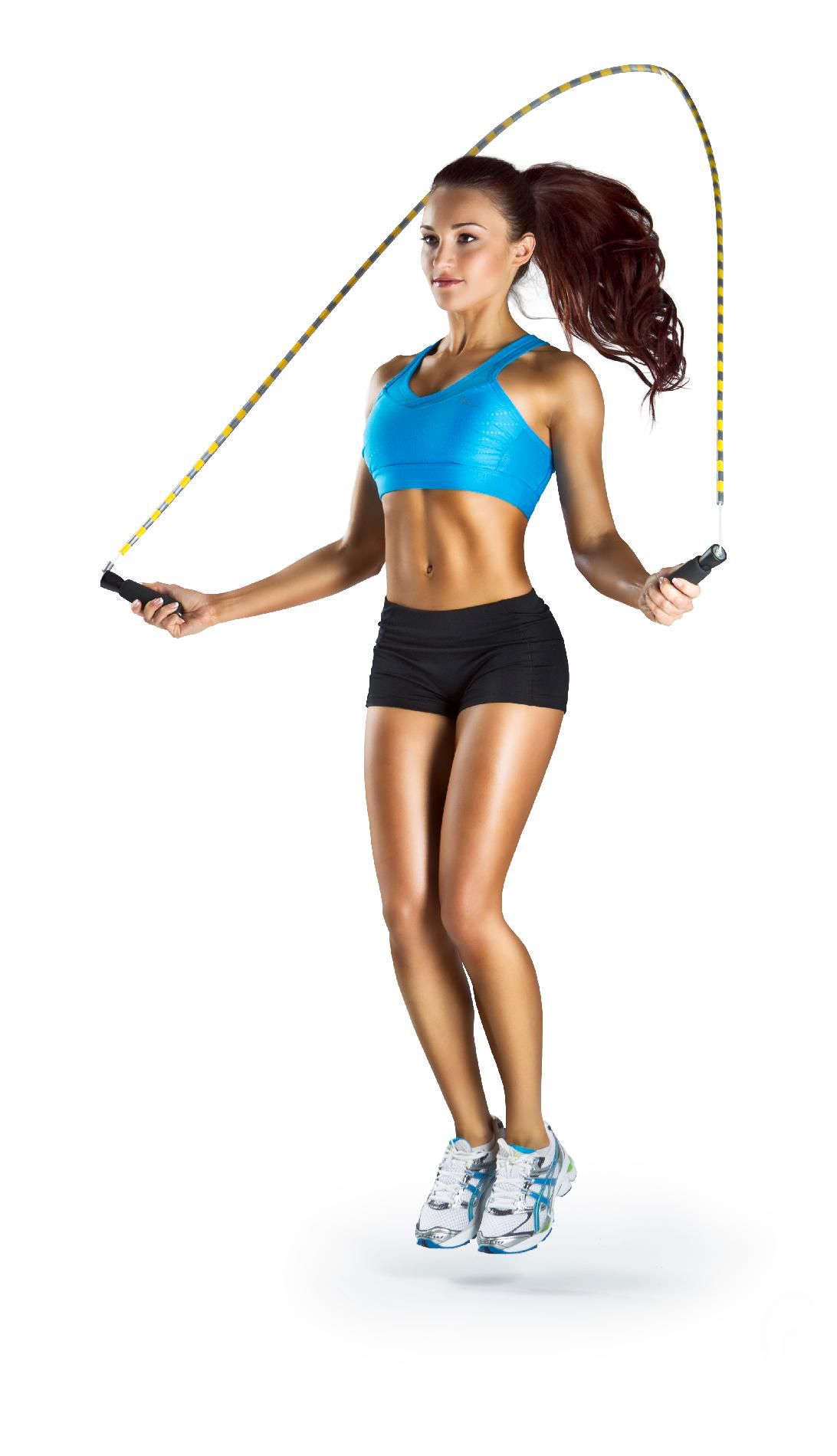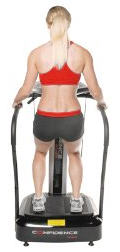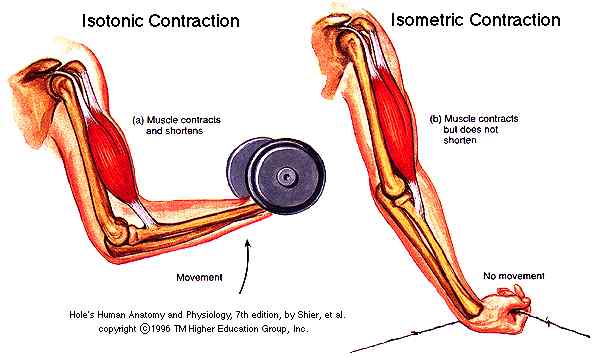From Walter Sorochan, Book: Whole Body Welness Chapter 20
By Walter Sorochan Emeritus Professor San Diego State University
Posted January 11, 2019; updated November 10, 2021. Disclaimer
Musicians playing music tunes Shake, Rattle & Roll and Kansas City were live entertainment when there was no TV. Live music entertained people and motivated them to get up and dance. Dancers enjoyed jitterbug jump swing in a social setting.
Dancing was a form of exercise although very few perceived it as exercise at that time. Dancing to swing and rock and roll music was exhilarating for several reasons. The music of Chuck Berry and his rhythm guitar in the mid 1950's was exciting in itself. This shake and jump dancing released endorphins that made one feel good. Then dancing with a partner added a social dimension as well. Without realizing, the couples dancing to rock "n" roll, country western and big band swing resonated with the rhythm of earth itself. All these connections, the beat of the music, dancing and in rhythm to earth resonance was an out of body experience connected to body movement. Although dancers felt good, most persons were not aware that dancing and music were linked to exercise or movement at that time.
Since the rock and roll and swing eras, exercising has flourished as a trend in United States and the world. Exercise was thought to develop muscular strength, strong bones, flexibility, cardiovascular fitness and foster wellbeing. Exercise activity was perceived as running, rope skipping, weight lifting, swimming, calisthenics, dancing, sports, jujitsu, yoga, and even group exercises like kick-boxing. Today, millions passionately exercise daily or several times a week. However, many persons have difficulty exercising regularly three or more times per week, due to time constraints or just laziness. Arem reports, with another study by O'Donovan and others, that some physical activity, like one or two times a week, is better than none, in reducing mortality, mental illness, depression and diabetes. [1]
There is a new way of thinking about exercise, not just muscle building and physical fitness, but body movement. There are also a lot of myths about exercise. Here are a few of them:
Myth # 1: Exercise is not important for health: Wrong! Humans have survived as hunters and food gathers for thousands of years because they were physically active. Our bodies have been built around physical activity as survival maintenance. Ancient people were physically active and body movement in itself was a form of weight-bearing exercise that strengthened bones.
Research has demonstrated that virtually all individuals can benefit from regular physical activity, whether they participate in vigorous exercise or some type of moderate health-enhancing physical activity. Even among frail and very old adults, mobility and functioning can be improved through physical activity. [2] Therefore, physical fitness should be a 'must' priority for all ages and especially for senior citizens living in assisted living centers.
Myth # 2: You can postpone exercise: Wrong! Just like you need to eat food and drink water, exercise maintenance is what you need to do each day. Muscles begin to lose their strength if not used for two days. But you will also defeat good intentions of exercise if you eat junk and bad foods each day.
Myth # 3: There are no free exercise programs: Wrong! Going to the gym takes time and it can be expensive. So what is an easy and inexpensive way to get good exercise? Get a skipping rope, go in your back yard or on the street and skip for 5 -10 minutes each a day. Skipping a rope does much the same that rebounding [ bouncing up and down] with a balance ball does. Exercise can be inexpensive and free.
Myth # 4: Body movement is not exercise: Wrong! It is an interesting observation that most persons do not really perceive movement as the central theme in all human activities. Household chores, like cleaning house, washing dishes, gardening, mowing the lawn, grocery shopping and household chores are not perceived as being exercise. On the other hand, walking, running, playing sports, gymnastics, dancing, lifting weights, hiking and so on are looked upon as respected exercise activities. Overlooked in this argument is that all activities require energy and use up calories. Thus, there is a common denominator, movement, in all household chores and exercises. Body movement of any kind is exercise.
Myth # 5 No benefit from movement activity. Wrong.
We have been taught to believe that the benefits of regular exercise are, muscular strength, flexibility, cardiovascular fitness, relieving stress, feeling better and being healthy. Yes, these benefits are true. But perhaps the most important benefit is overlooked .... that of moving the body fluids and moving toxins out of the body. If toxins are not excreted out of the body, these can pile up and cause many disorders and diseases. No movement of the lymphatic system can cause many body problems. This makes body movement perhaps more important than other benefits of exercise.
Here is the reason why: We have two circulatory systems, the blood and the lymphatic. The blood in the blood system has the heart to pump it around. But the lymphatic system, many times bigger than the blood system, has no pump. It has lymph fluid and stores body wastes and toxins. It needs body movement to make muscles surrounding the lymph vessels to contract and squeeze the lymph fluid, full of wastes and toxins, to move into the veins that empty into the blood vessels. The toxins are eventually excreted out of the body in urine.
to pump it around. But the lymphatic system, many times bigger than the blood system, has no pump. It has lymph fluid and stores body wastes and toxins. It needs body movement to make muscles surrounding the lymph vessels to contract and squeeze the lymph fluid, full of wastes and toxins, to move into the veins that empty into the blood vessels. The toxins are eventually excreted out of the body in urine.
Some exercises are better than others in moving the lymphatic system. It is movement that contracts muscles repeatedly that is needed. An excellent example is vigorous rope skipping that jars the muscles to contract many times for several minutes. Running does much the same jarring movement. Walking a mile or longer takes a longer time but is also good body movement.
You can create body lymph movement at work. While at work, stand up and jump in place for two minutes once in the morning and once in the afternoon. This body movement will circulate your blood, contract muscles around lymph vessels and push toxins out of your body. Simple, easy, inexpensive and a quick fix while at work. It also causes deep inhalation, brings more oxygen to the brain and heart and makes one more alert.
Exercise can be inexpensive, easy to do and you can do it anywhere, anytime; and hopefully at least once a day.
Myth # 6: Gym exercise is the only form of acceptable exercise: Wrong! There are many activities you can do as exercise that do not require to be in the gym. There is rebounding, or bouncing on a big rubber ball, rope skipping, calisthenics, playing sports, walking and running.
 There is now a passive, drug-free treatment alternative to rebounding which helps prevent bone loss even for infirm or wheelchair- bound individuals.
There is now a passive, drug-free treatment alternative to rebounding which helps prevent bone loss even for infirm or wheelchair- bound individuals.
It is the electrical vibrating machine. [ illustration on right ] As the machine vibrates, it transmits energy through your body, forcing your muscles to contract and relax dozens of times each second. As the machine vibrates, it subjects bones and the related body parts to mild, rapid Vibrations. Such vibrations cause all body parts to move, including muscles to contract and relax, blood to circulate and lymph in lymphatic vessels to excrete toxins into veins and eventually kidneys to eliminate toxins in urine. [3] [4]
There is some controversy about claims made on behalf of electronic vibrating machines. [4] These machines may be good but do not replace regular exercise.
Including the vibrating machine in this article is not intended to be a substitute for physical exercise nor advertizing it. But it is a form of body movement that can help move toxins out of the body.
Vibrating machines are good but are not very helpful if one is eating junk food. Body movement needs nutrition. Eating foods rich in certain vitamins, minerals and protein can help to keep joints healthy. Nutrients are linked to each other by way of proteins or amino acids, and hormone D, vitamins C, K and E and B-complex vitamins. Minerals like magnesium, calcium, phosphorus, sulfur, boron, selenium, chromium, copper, and zinc are found in protein foods like meats and seeds. Refer to chapters on food and nutrients for more information.
 The human body is
naturally endowed with the ability to excrete toxins from the body with or
without body movement. In addition to rope skipping and running, the muscles
surrounding the lymphatic vessels can also be squeezed to move toxins and wastes
out into the veins by isometric muscular contraction but no movement [see illustration on right side]. Instead of responding to jumping, the lymph vessels respond to
isometric muscular contraction equally as well. Thus, even a disabled
person can lie in bed or sit in a chair and not have to move the limbs or body
to get similar detoxification as from active exercise.
The human body is
naturally endowed with the ability to excrete toxins from the body with or
without body movement. In addition to rope skipping and running, the muscles
surrounding the lymphatic vessels can also be squeezed to move toxins and wastes
out into the veins by isometric muscular contraction but no movement [see illustration on right side]. Instead of responding to jumping, the lymph vessels respond to
isometric muscular contraction equally as well. Thus, even a disabled
person can lie in bed or sit in a chair and not have to move the limbs or body
to get similar detoxification as from active exercise.
Benefits of Exercise: [2] [5] [6] [7] [8] [9] [10]
You can benefit, not just going to the gym and pushing weights on weight machines, but from just simply walking or running in the park. Regular physical activity improves health in the following ways: [1] [11]
- Reduces the risk of dying prematurely from heart disease and other conditions; Reduces the risk of developing diabetes;
- Reduces the risk of developing high blood pressure;
- Reduces blood pressure in people;
- Reduces the risk of developing colon and breast cancer; [12] Helps to maintain a healthy weight;
- Helps build and maintain healthy bones, muscles, and joints;
- Helps older adults to become stronger and better able to move about without falling;
- Reduces feelings of depression and anxiety;
- Promotes psychological well-being;
- Increases oxygen content of body;
- Prevents lung diseases like pneumonia;
- Moves body wastes and toxins out of the body
Prevention: regular physical activity helps prevent disease, detoxifies the body and promotes wellbeing.
You are alive and you need movement exercise, regardless of age. Exercise maintains your cardio-respiratory fitness and detoxifies the body. Strength training increases bone mass density rapidly, builds stronger bones automatically when the bones are put under stress. Exercise releases endorphins that make one feel good.
Lifestyle changes:
It is one’s attitude that determines whether you exercise, use rebounding with a balance ball, or skip rope and do body maintenance. Only you can do it and you need a positive 'want to' attitude. Postpone body maintenance for several days or weeks and you will gain weight; disrupt your immune system and you will initiate symptoms of sickness and body disorders. You can prevent these symptoms by giving your body daily maintenance exercise like simple jumping in place for three minutes or more. You can do this by taking a short exercise break from work. Think feeling good, feeling healthy, feeling happy. Make body movement a daily habit.
References:
1 Arem Hannah and Loretta DiPietro, " Physical Activity on the Weekend Can It Wait Until Then? JAMA International Medicine, January 09, 2017. Arem Weekend exercise 2017
2 Butler RN, Davis R, Lewis CB, et al. Physical fitness: benefits of exercising for the older patient. Geriatrics 1998, 53(10):46-62. Butler: Elder benefits 1998
3 Fitday Editor, " Do Vibration Plates Really Work?" Fitday: vibration machine
4 Bouchez Colette, "Passive Exercise: Whole-Body Vibration and More," WebMD, Bouchez: Passive exercise
5 American Diabetes Association, "Physical Activity What can physical activity do for me," March 09, 2017. ADA: Exercise benefits 2017
6 Kushi LH, Fee, Folsom AR, et al. "Physical activity and mortality in postmenopausal women," JAMA 277:1287-92. 1997. Kushi: Exercise in eler women 1997
7 Lee CD, Blair SN, Jackson AS., "Cardio-respiratory fitness, body composition, and all-cause and cardiovascular disease mortality in men," Am J Clin Nutr, 1999, 69 (3):373-80. Lee: Fitness in men 1999
8 Paffenbarger RS, Hyde RT, Wing AL, et al., "The association of changes in physical-activity level and other lifestyle characteristics with mortality among men," N Engl J Med, 1993, 328(8):538-45. Paffenbarger: Physical fitness 1993
9 Wei M, Kampert JB, Barlow CE, et al., "Relationship between low cardio-respiratory fitness and mortality in normal-weight, overweight, and obese men," JAMA 1999, 282(16):1547-53. Wei: Fitness & diseases 1999
10 National Center for Chronic Disease Prevention and health promotion, "The power of prevention," CDC, 2009.
11 U.S. Department of Health and Human Services, "Physical activity and health: a report of the Surgeon General," Atlanta, GA: U.S. Department of Health and Human Services, Centers for Disease Control and Prevention, National Center for Chronic Disease Prevention and Health Promotion, 1996. USDHS: Physical activity and health 1996
12 Vainio H, Bianchini F, Eds. Weight control and physical activity. IARC Handbooks of Cancer Prevention. IARC Press Vol 6, 2002. Article by Vainio: is no longer active.
13 Meghan E., et la., "Whole-body vibration mimics the metabolic effects of exercise in male leptin receptor deficient mice," Endocrinology, 2017, 2015-1250. Meghan: 2017 Meghan: Abstract